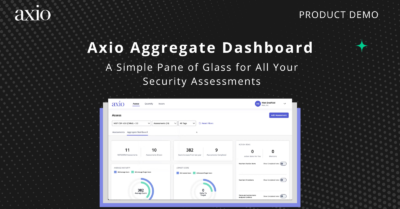 December 9th, 2024
December 9th, 2024
Three Key Success Factors of Cyber Risk Quantification: Usable, Defensible, Informative
Cyber risk quantification (CRQ) is transforming how organizations understand, manage, and communicate risk. But not all CRQ methodologies are created equal. Traditional methods are often time-consuming, opaque, and disconnected fromRead More
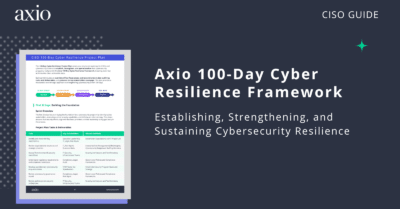 March 13th, 2025
March 13th, 2025
The 100-Day Cyber Resilience Framework
Fortify your organization against today’s rapidly evolving cyber threats with a structured, actionable roadmap designed by Axio’s enterprise security experts. The first 100 days as a CISO—or when reassessing yourRead More
 January 23rd, 2025
January 23rd, 2025
Webinar Recording: Transforming Cybersecurity Assessments
In this recorded webinar cybersecurity experts from Axio and Southern Company explore how to deliver value beyond compliance in a multi-model/multi-assessment environment Security teams operating in complex environments are taskedRead More
 December 9th, 2024
December 9th, 2024
 March 13th, 2025
March 13th, 2025
 January 23rd, 2025
January 23rd, 2025
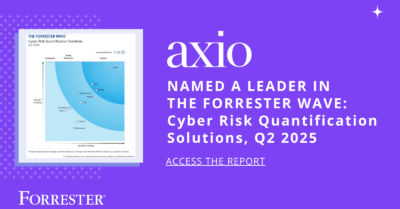 June 18th, 2025
June 18th, 2025
 June 17th, 2025
June 17th, 2025
 June 17th, 2025
June 17th, 2025
 June 6th, 2025
June 6th, 2025
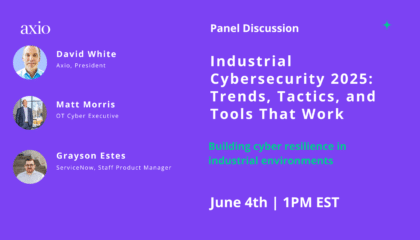 June 5th, 2025
June 5th, 2025
 June 5th, 2025
June 5th, 2025
 May 6th, 2025
May 6th, 2025
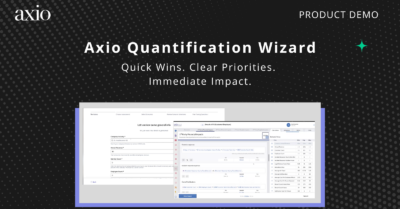 April 22nd, 2025
April 22nd, 2025
 April 22nd, 2025
April 22nd, 2025



